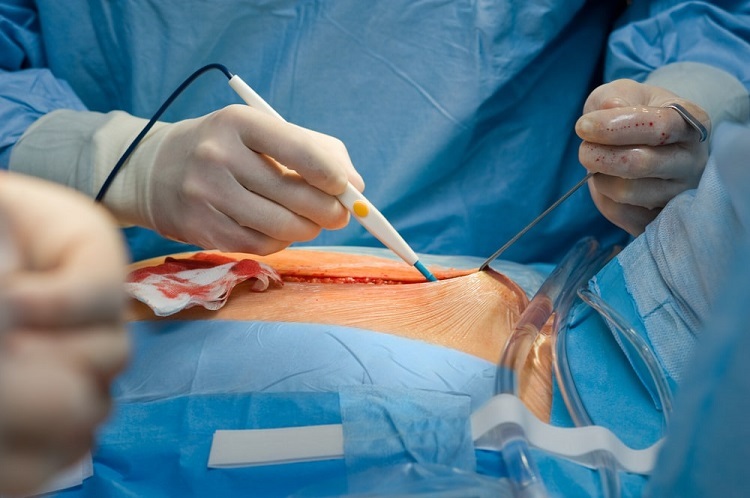Understanding Loop Electrosurgical Procedure (LEEP)

Gynecological visits to your specialist help you prevent and get early treatment of medical conditions such as cervical cancer. A check-up may include different tests and physical assessments such as pap smear and pelvic examination. During these tests, the doctor may detect abnormal cells or abnormalities in your cervix and vagina and recommend LEEP in Atlanta to establish whether the cells are cancerous. Your doctor may also use a loop electrosurgical excision procedure to diagnose and treat genital warts, polyps, and diethylstilbestrol exposure in women. Precancerous cells could be a sign that you may develop cancer in the future. Precancerous cells are those that appear to be abnormal but are not cancerous.
Table of Contents
What Is LEEP (Loop Electrosurgical Procedure)?
LEEP is an abbreviation for loop electrosurgical excision procedure, a process that allows your doctor to remove abnormal tissues on your cervix and test them for cancer. Usually, the doctor uses a wire loop heated by an electric current to excise abnormal tissues in your lower genital tract and burn (cauterize) the area to arrest bleeding. Removal of abnormal cells allows a specialist to test it for cancer and facilitates healthy tissue growth. The cervix and vagina make up your lower genital tracts. LEEP takes about 10 to 20 minutes, and the treatment area may take a month or six weeks to heal.
How Safe Is Loop Electrosurgical Procedure?
LEEP is generally a safe procedure with a low risk of complications. However, be sure to discuss concerns with your specialist before the process, as some dangers involved depend on your condition. For example, you may be at risk of early delivery since ultrasound can weaken your cervix. Inform your healthcare provider if you are allergic or sensitive to latex, iodine, and certain medications to reduce your chances of complications during and after the procedure. During a consultation, your doctor may discuss other factors and conditions that interfere with LEEP, including acute cervix inflammation, menstruation, and acute pelvic inflammatory disease. The possible complications associated with LEEP include:
· Bleeding.
· Scarring in the cervix.
· Infection.
· Difficulties getting pregnant.
· Preterm birth and low birth weight baby.
What to Expect During the Procedure
The procedure can occur in your doctor’s office on an outpatient basis or as part of your hospital stay. The step-by-step approach may vary depending on different factors such as your condition and your specialist’s practices. Generally, the LEEP procedure is as follows:
· Your doctor may require you to undress completely or from your waist down and put on a hospital gown.
· You need to empty your bladder before the loop electrosurgical procedure.
· While lying on an exam table with your feet apart, the doctor will spread your vaginal walls to expose the cervix.
· Using a colposcope, your doctor will locate the treatment areas in your cervix or vagina.
· Next, your healthcare provider soaks or cleans your vagina with acetic acid, whitening the abnormal cells, making them more visible. You may feel a burning sensation as the acid gets in contact with your vaginal walls.
· A tenaculum holds the cervix steady as the doctor inserts the LEEP wire through the speculum to the abnormal tissues for excision.
To learn more about loop electrosurgical procedure (LEEP), request an appointment with your doctor at Ideal Gynecology, LLC.
Leave a reply
You must be logged in to post a comment.

















